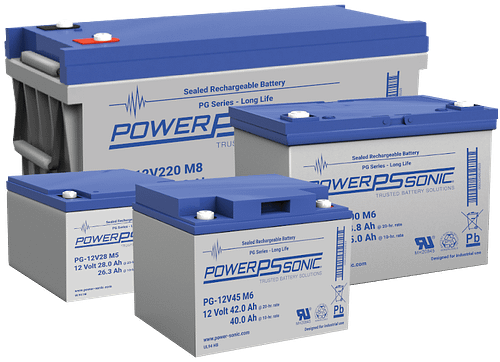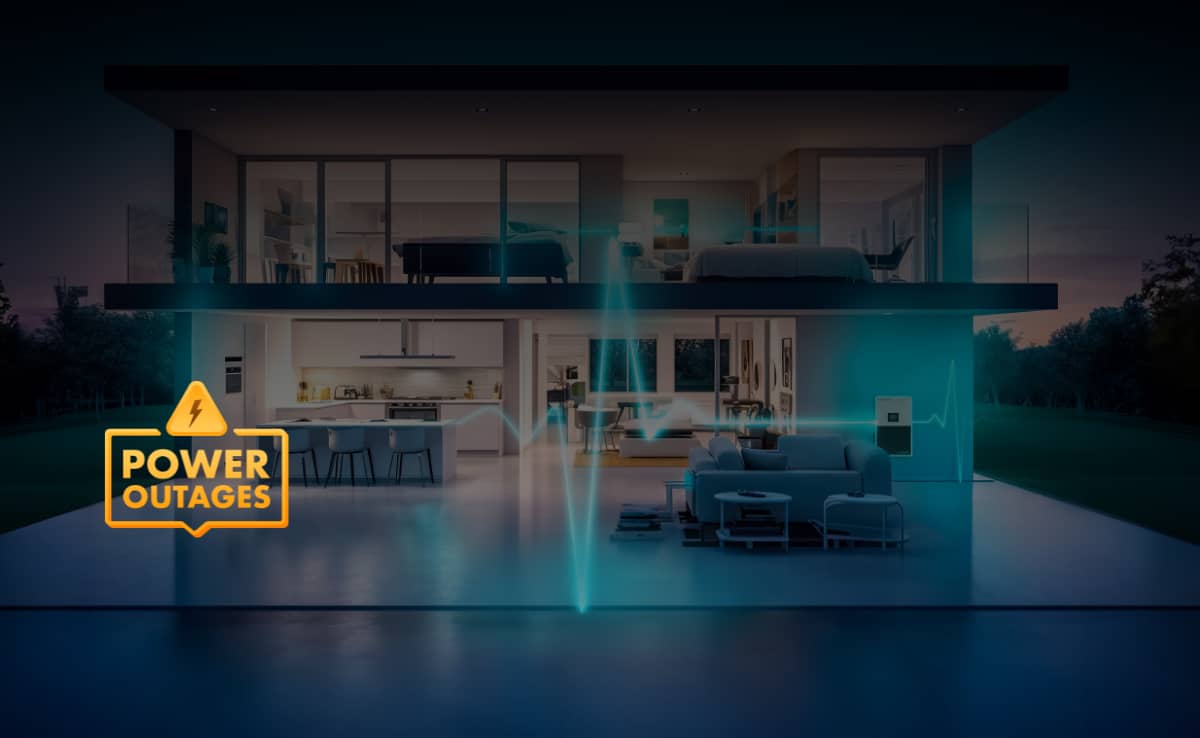If you’ve been around batteries for any amount of time, you have likely heard the term, “thermal runaway.” Besides being a ‘hot topic’ (pun intended), what does this actually mean and what happens when a thermal runaway event occurs?
What is lead acid battery thermal runaway?
First, what is thermal runaway? A battery is considered to be experiencing a thermal even when the battery begins to generate heat from uncontrolled self-discharge. Essentially, the battery is generating more heat than there is the possibility for it to transfer the heat into its environment.
Sealed Lead Acid (SLA) batteries all have a small amount of natural self-discharge simply from the behavior of the chemistry. This phenomenon is described in greater detail in our technical manual for SLA batteries. Natural self-discharge occurs at an extremely low rate – usually less than 3% per month. During a thermal runaway event, the battery will self-discharge its entire capacity in a matter of minutes! The by-product of discharging so fast is an excessive amount of heat – and all of that energy has to go somewhere. Most commonly, this presents itself as a swelled battery – the battery will bulge from all sides. In rare situations, the battery case can fail and spill battery acid. This acid is corrosive and will likely damage any non-metal that it meets.
What causes lead acid thermal runaway?
The usual cause of uncontrolled high-rate self-discharge is an internal short. An internal short most often occurs when a battery is misused. Dropping a battery, over charging and over discharging, high vibration environments, and even poor manufacturing quality can lead to internal shorts that cause thermal runaway. Thermal runaway will usually happen during charging when the internal short is allowed to dissipate even more energy than the battery has since the charger is adding power to the battery at this time.
What happens during an internal short?
An internal short is when two of the lead plates are very near, or even touching each other, often due to a failure of the separator material. Having an anode and cathode (positive and negative) plate touch inside the battery is the same as bridging the two external terminals of the battery. If you have ever accidentally touched a wrench across the two terminals of a car battery while installing battery leads you have seen the results of a direct short – many sparks fly, and the wrench gets quite hot! All of the energy stored in the battery rushes to that one point and releases itself as heat. While other forms of an internal short – or soft short – exist, they usually result in a lower self-discharge that creates a dead battery, but no thermal runaway event.
When a short circuit condition occurs inside the battery, enough heat is generated to boil the acid in the battery. The sulfur odor – rotten egg smell – is an immediate way to detect if a battery is possibly experiencing a thermal runaway event. If you ever notice excessive heat or this smell, immediately disconnect the battery from any load or charger and stay away from it until the battery has cooled. If possible, open any doors or windows in the area to ensure quick dispersion of the released gasses.
Will thermal runaway cause a fire?
While enough heat is generated to boil the acid, this temperature is far below any flash point that may cause fire. The temperatures are generally not even high enough to melt the case. The dangers of battery acid spillage are far higher than any fire or explosion risk.
How to prevent lead acid battery thermal runaway
Internal shorts can be best avoided through careful SLA battery construction. Power Sonic goes to great lengths of putting in the effort required to ensure high manufacturing quality. These high standards are in place to prevent manufacturing defects that can lead to internal shorts. The separator plates are well aligned to prevent the positive and negative plates from touching and the welded bars that connect the plates are carefully assembled to ensure no pieces of metal fall off, down into the plates.
You, the end user, can best avoid internal shorts through caring for your battery! Things like drop shocks or high vibration environments can cause internal damage that can lead to internal shorts.
A drop shock can knock pieces of lead loose which will fall into the plates. When this piece of lead connects the two plates, a direct internal short is created which will often lead to a thermal runaway. High vibration environments can cause accelerated wear of the separator plates allowing the two plates it keeps separated to touch. Positive and negative plates touching, as described earlier, can also lead to uncontrolled high-rate discharge that causes a thermal runaway.
Another way to care for your battery is to avoid deeply discharging the battery. Some batteries are designed to provide deep cycles for the life of the battery, but even deep cycle batteries can benefit from less than 100% Depth of Discharge (DoD) cycles. SLA batteries taken to high DoD can experience accelerated sulfation rates which in rare cases can lead to thermal runaway through excessive heat build up due to higher demand on an underperforming battery.
Now that we have covered thermal runaway in SLA, you may be wondering about thermal runaway in lithium batteries. With lithium, you can expect a higher heat event since the energy density of lithium is much higher than SLA. Look for the Lithium Thermal Runaway blog coming soon.







